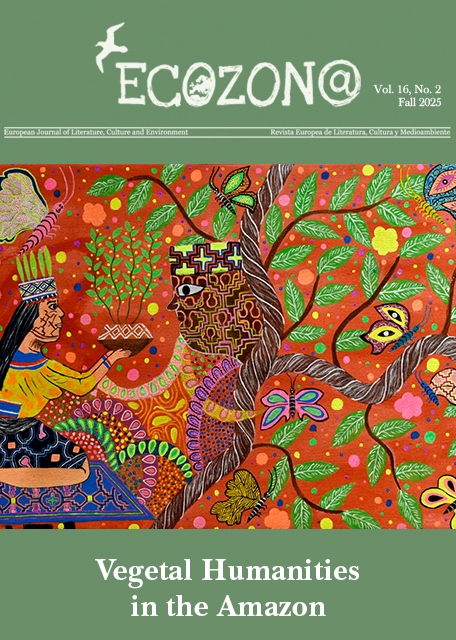<b>Población, cambio climático y huella ambiental</b> // Population, Climate Change and Environmental Footprint
DOI :
https://doi.org/10.37536/ECOZONA.2018.9.1.2172Mots-clés :
Boomsters, cambio climático global, capacidad de carga, cornucopianos, crecimiento demografico, doomsters, huella de carbono, huella ecológica, malthusianismo, superpoblación // Boomsters, carbon footprint, carrying capacity, cornucopians, demographyRésumé
Resumen
En 1679 Anthony van Leeuwenhoek fue el primero en especular acerca del número de seres humanos que podría albergar la Tierra. Desde entonces y, sobre todo, desde que Thomas Malthus publicó en 1798 su célebre ensayo, el debate demográfico –particularmente exacerbado en la segunda mitad del siglo pasado, cuando la tasa de crecimiento poblacional duplicaba a la actual- se estableció en dos frentes, el de los boomsters, que sostienen que no hay límites para la explotación de los recursos terrestres, y el de los doomsters, para los que los recursos del planeta tienen unos límites que estamos a punto de desbordar. La detección en la década de 1990 de los primeros síntomas del calentamiento global ha marginado a unos y otros. Hoy, el debate no se centra en los límites de los recursos, sino en los excesos de emisiones de gases de efecto invernadero con los que nuestro sistema económico consumista está alterando el equilibrio global de la Tierra. La superpoblación sigue siendo el problema, pero la unidad de medida de hoy es nuestra huella ambiental evaluada en términos de producción de gases de efecto invernadero, los responsables de la aceleración del cambio climático global.
Abstract
In 1679 Anthony van Leeuwenhoek was the first person speculating about the number of human beings that the Earth could harbour. Since then and, above all, since Thomas Malthus published his famous essay in 1798, the demographic debate—especially exacerbated in the second half of the last century, when the population growth rate doubled the current one—was established on two fronts, that of boomsters, who argue that there are no limits to the exploitation of the Erath resources; and that of doomsters, for whom the Earth resources have a limit that we are about to overflow. The detection in the 1990s of the first symptoms of global warming has marginalised ones and the others. Nowadays, the debate is not focused on the limits of resources, but on the excessive emissions of greenhouse gases with which our consumer economic system is altering the global balance of the Earth. Overpopulation is still the problem, but the current unit of measure is our environmental footprint assessed in terms of the production of greenhouse gases, which are responsible for the global climate change.
Téléchargements
Téléchargements
Fichiers supplémentaires
Publié-e
Numéro
Rubrique
Licence
Authors who publish with this journal agree to the following terms:
a) Authors retain copyright and grant the journal right of first publication with the work simultaneously licensed under a Creative Commons Attribution License that allows others to share the work with an acknowledgement of the work's authorship and initial publication in this journal (CC BY-NC for articles and CC BY-NC-ND for creative work, unless author requests otherwise.
b) Authors are able to enter into separate, additional contractual arrangements for the non-exclusive distribution of the journal's published version of the work (e.g., post it to an institutional repository or publish it in a book), with an acknowledgement of its initial publication in this journal.
c) Authors are permitted and encouraged to post their work online (e.g., in institutional repositories or on their website) prior to and during the submission process, as it can lead to productive exchanges, as well as earlier and greater citation of published work (See The Effect of Open Access).










